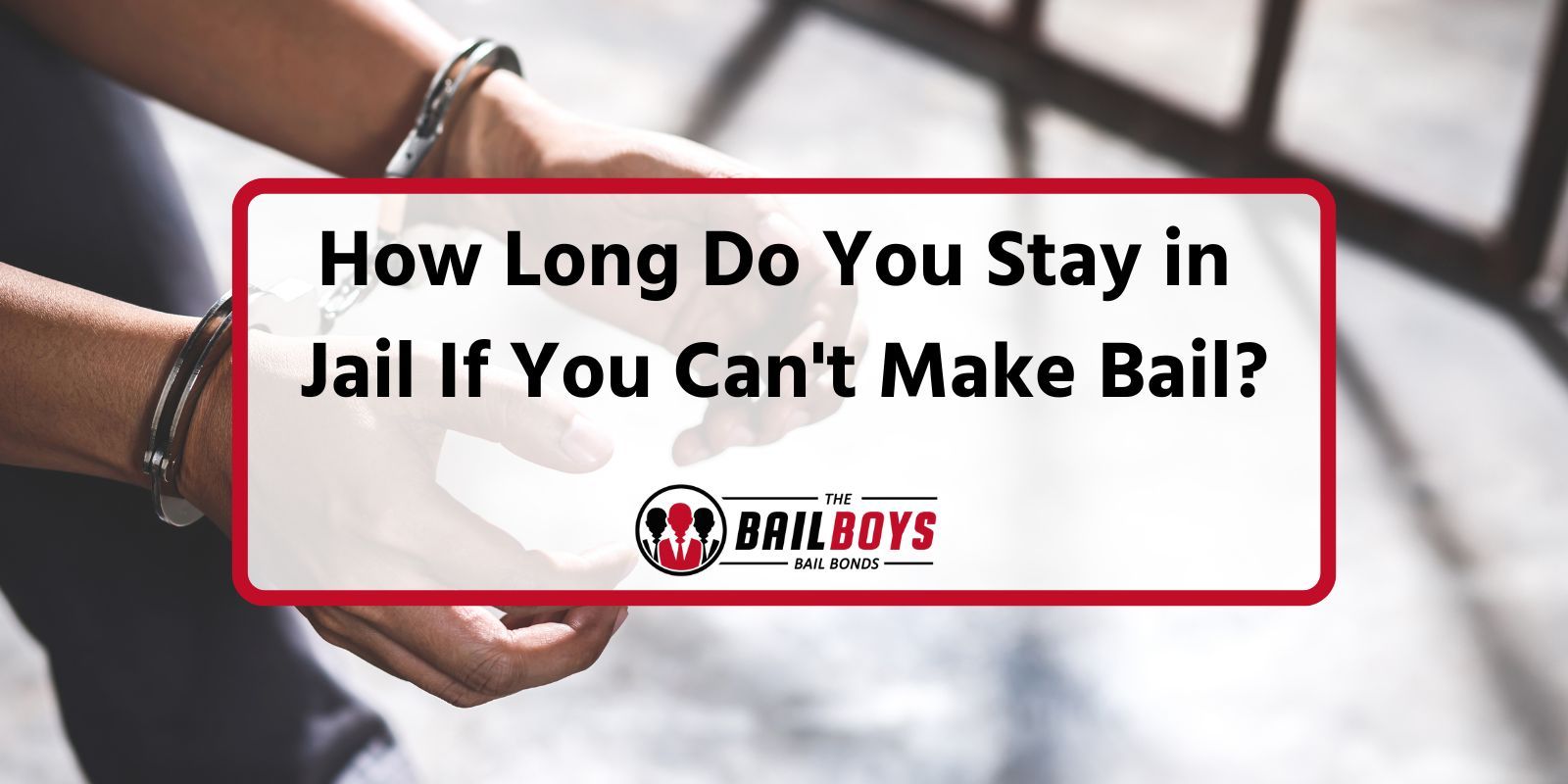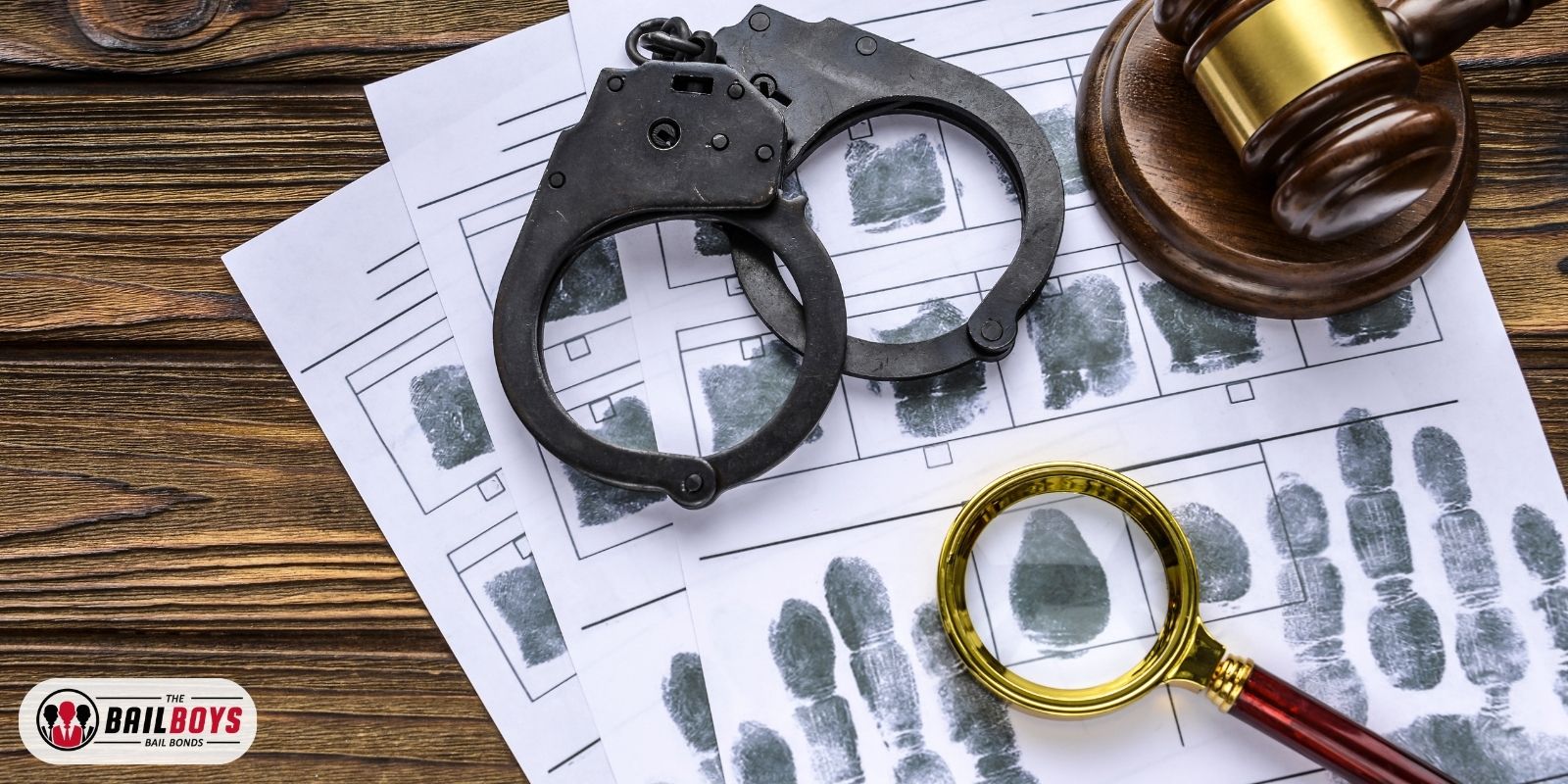
How Long Do You Stay in Jail If You Can’t Make Bail?
The primary purpose of bail is to ensure that defendants appear in court for their trial or other court proceedings and adhere to other conditions set by the court. However, some people stay longer in jail because they cannot afford bail, so longer detention may result in loss of job or affect their family life.
People are now taking reform initiatives and innovative programs to find better ways to make sure the legal system treats everyone fairly while they wait for their court date.
If you can’t secure your release through bail, it is necessary to know how long the incarceration will last so that you can prepare yourself mentally and emotionally.
Overall, If you can’t make bail in Connecticut, you stay in jail until your case is resolved or bail conditions change. This could range from days to a few months, depending on the nature of the charge, court delays, and other factors.
This article will explore the pretrial process and how long your detention may last if you can’t post bail.
The Bail Process: A Quick Overview
The bail process begins with the arrest and booking of an accused individual. For minor crimes such as traffic violations, public intoxication, etc., the police may release the individual without bail. If the crime is on the bail schedule, the defendant can pay the bail or bail bonds as stated in the bail schedule.
Also, the court or arresting officer may modify the bail amount based on the nature of the case. To prevent this, a defendant may request a bail hearing wants a lower bail amount, they can request a bail hearing in court during arraignment.
For severe crimes and other offenses that may not necessarily be in the bail schedule, the judge determines the bail amount during the arraignment based on various factors, such as:
- The severity of the offense
- Possibilities of fleeing before trial (flight risk)
- The severity of the injuries sustained at the crime scene for violent cases.
- Threats to the victim
- Involvement of weapons or drugs in the crime
- Threat to public safety
- Defendant’s employment or connection to family, property, or business
- The criminal record of the defendant
- Likelihood of defendant’s appearance before all future court hearings
When the judge sets the bail amount, defendants can post bail through cash, bail bonds, or property bond. While cash bail requires that you pay the complete amount in cash, bail bond requires a bail bond company that provides financing and secures the defendant’s release. If you pay bail through a bail bondsman, you’ll be required to pay a non-refundable 10% of the bail amount to the bail bond agent.
Waiting Period Before Trial
Arrest
At this stage, an arresting officer takes the defendant into custody. The arrest marks the beginning of the booking process during which the officer compiles essential information about the defendant. Such information may include fingerprints, name, address, case-specific details, and the defendant’s criminal background.
Arraignment
The arraignment is a defendant’s first court appearance. According to Section 825 of the California Penal Code, the arresting officer must bring an arrested person before a judge within 48 hours after arrest (excluding court holidays and Sundays) for arraignment.
During an arraignment, the judge reads the charges filed against a defendant. Afterward, the defendant may plead guilty, not guilty, or ‘nolo contendere’, which refers to no contest. If the defendant makes a guilty or no contest plea, a sentencing hearing follows, where the judge gives an appropriate sentence.
If they plead not guilty, the judge grant may grant bail to the defendant after considering various factors like the severity of the crime, flight risk, etc. Also, note that a defendant has the right to a public defender or an attorney at an arraignment.
Bail
Following an arrest, the court may release the detained individual on personal recognizance or set a bail amount. Unlike bail, release on personal recognizance does not require any bail posting, but defendants must promise in writing to appear in all court appearances.
Pre-trial Process
The pre-trial process is the timeframe within which the court resolves the majority of the case. It covers all legal proceedings before trial. These proceedings may include;
- Court appearances
- A discovery proceeding, an exchange of relevant evidence between the prosecution and the defense
- Motion practice, is when a defense counsel or prosecutor requests that a judge make a ruling, like excluding a piece of evidence from a case.
- Plea bargains or negotiations
The timeline from the start of the pretrial to the finish is usually how long a defendant stays in jail if they’re unable to post the bail money. It can last from a few days to a year or more, depending on the nature of the crime and if the parties are willing to settle.
Speedy Trial Rights
According to the Sixth Amendment of the United States Constitution, defendants have the right to a public and speedy trial by an unbiased jury, the right to an attorney, and the right to know the accusers, the evidence, and nature of charges.
According to Section 1382 of the California Penal Code, defendants with a misdemeanor case have the right to a trial within 45 days after charges if they are not in jail, or 30 days if in jail. For a felony, defendants have the right to a trial within 60 days.
The speedy right to trial eliminates unnecessary extended pretrial detention periods. However, certain real-world factors can cause delays, thus increasing a defendant’s jail time. Such factors include;
- Backlog of cases in court, which may cause delays in scheduling trials.
- Request for continuance by either the prosecution or the defense. This may be due to the unavailability of witnesses, the need for more preparation time, or other related issues.
- Complex cases that require extensive evidence or multiple defendants.
State-to-State Variations of Pretrial Detention Time
Bail and pretrial detention vary by jurisdiction and may be influenced by multiple factors such as the seriousness of charges, court backlogs, etc.
For example:
- The Illinois Bail Reform Act allows the release of detained defendants without demanding cash bail, especially for low-level crimes.
- Florida law demands that a defendant appear in court for trial within 90 days if it’s a misdemeanor crime, and within 175 days if it’s a felony crime.
Possible Legal Delays and Their Impact on Bail
Some possible legal delays and challenges can affect the trial schedule and extend a defendant’s time in jail. For instance, a defense attorney and prosecutor may file legal motions to eliminate a piece of evidence, demand additional discovery, or raise other charges.
Also, a defendant’s need for a new legal representation can cause delay because the new attorney may require time to review the case, gather evidence, and prepare a defense strategy.
On the other hand, plea bargains can reduce time spent in jail. The attorney and prosecutor can agree to enter into a plea bargain in which the defendant consents to plead guilty or no contest. The plea bargain may lead to reduced charges or a lighter sentence, preventing trial delays and limiting time spent in detention.
The Impact of Not Being Able to Make Bail
Not being able to make bail and consequently spending days behind bars can negatively impact a defendant’s life and the case in many ways such as:
Social and economic impacts on the defendant
Prolonged detention can make defendants lose their jobs, affecting their financial stability and chances of future employment. As a result, defendants may find it challenging to support themselves and their families financially.
Emotional and psychological consequences
Staying in jail for a long time can induce stress, anxiety, and depression in defendants. Also, the defendant’s family may experience financial hardship and emotional strain as they support their detained loved one.
Impact on legal outcomes
Prolonged pretrial detention can pressure defendants to accept plea bargains to speed up their release, even if they are innocent. It can also pose challenges when preparing a defense, as defendants cannot assist in their defense, gather evidence, or communicate with their attorney. These can hinder their chances for a fair trial.
Reform Movements and Alternatives to Bail
Some people believe the bail system is “flawed” since those unable to afford the bail amount often remain in jail. Some also argue that cash bail does not entirely enhance public safety or increase the rate of court appearance.
These challenges led to recommendations for structural and systematic changes, advocating for the California Legislative and Judicial Council to take action. These recommendations include:
- Implementing and enforcing a zero-dollar bail schedule
- Funding legal representation for poor defendants before their arraignment
- Providing resources to set up pretrial service agencies independent of law enforcement departments that can assist accused individuals
Also, there are various non-monetary pre-trial release options in response to the limitations of the cash bail system. For instance, pretrial service agencies strictly supervise released defendants under specific conditions like drug testing, regular check-ins, etc. Another option is using electronic monitoring devices like ankle bracelets to monitor defendants’ whereabouts.
Case Studies
Case study 1
On the weekend, two police officers arrested and detained Carlos for shoplifting. For Carlos’s bail, the amount was $5,000, which was way beyond his financial capacity. So he spent six months in California jail awaiting trial. During this period, Carlos lost his job, and his family suffered great hardship. This burden weighed down on him, and he committed suicide in jail.
Case study 2
In another case, a Texas police department detained Michael on a non-violent crime charge. They initially set a bail of $7,500, which he couldn’t afford. However, due to Texas local bail reforms, they released Michael on supervision and subjected him to compulsory counseling and regular check-ins. Because of this non-monetary pretrial release alternative, Michael maintained his job, provided support for his family, and actively participated in his defense.
These case studies illustrate the need for bail reforms and relevant alternatives to accommodate people with less financial capacity and minimize the adverse effects of pretrial detention in general.
Conclusion
Defendants who cannot pay bail may remain in jail throughout the pretrial period. Also, the nature of the crime, the willingness of parties to resolve the case, and other real world challenges such as court delays due to backlogs, combine to determine if a defendant’s jail time can last a few days, a year, or more.
No matter the challenge, you can speed up your bail process by contacting expert bail bondsmen who are experienced in posting bail and securing your release. And if you’re worried about the cost of the process, reach out to our team at The Bail Boys for expert guidance.







